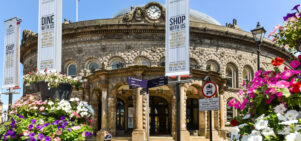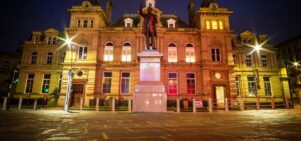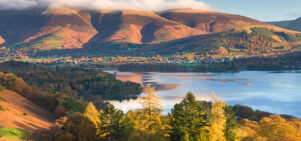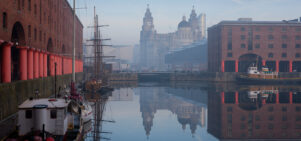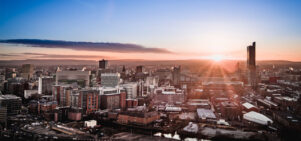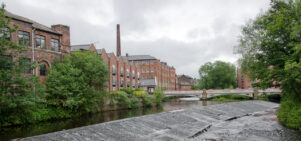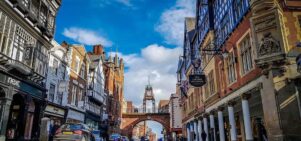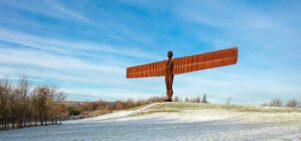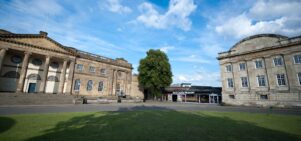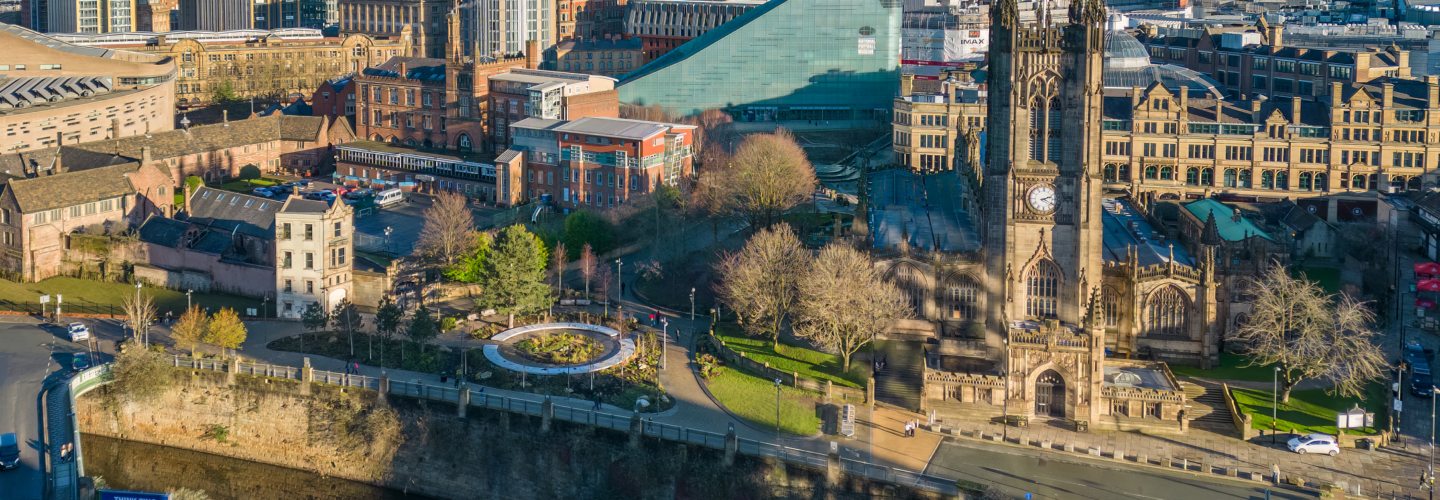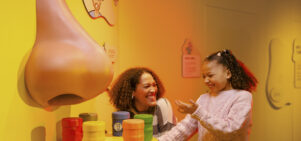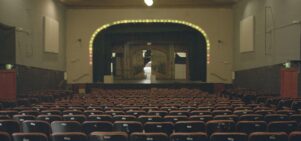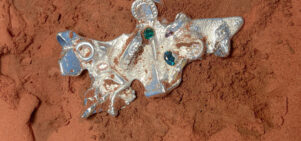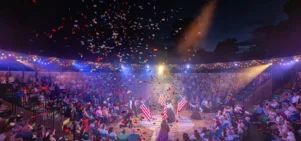Manchester history: the bees, the bees!
Natalie BradburyTake a tour of Manchester with us and find out why the Manchester bee is everywhere: on buildings, bridges and even bins.
I was once sitting in a cafe in Withington, south Manchester, and a friend asked me if I knew why there was a bee design on a nearby bollard. The bollard was visible through the window, and it turned out he had been mulling the question over as we sat eating breakfast. “Because it’s Manchester’s symbol, of course,” I said. “Didn’t you know that?” If he didn’t know the meaning of the bee before, he does now, as the Manchester bee appears on everything from grand industrial buildings and bridges to lowly bins and bollards.
My friend might have previously failed to notice it, but Manchester’s bee preoccupation is nothing new: seven bees were incorporated into the city’s coat of arms in 1842, and the symbol has been in use ever since. Humans rely on bees for many things, from the pollination of plants to wax and honey, and we can learn from them too: bees are a well-known byword for industriousness, business, perseverance and teamwork, and the hierarchical, highly organised social order of the beehive has its similarities with human societies.
The city was a hive of activity, its mills and factories swarming with hard-working citizens
Back in the 19th century, Manchester was at the heart of the Industrial Revolution, and the city quickly became a hive of activity, populated by hard-working citizens working away in mills and factories to produce the goods which created the city’s wealth. Some mill owners took the metaphor to its logical conclusion, adding appropriately-named “beehive mills” to the skyline. Whilst the machinery which powers them has long since fallen silent, there is still a Beehive Mill in Ancoats, where Manchester’s industrial age started (built in 1824, the mill has been reinvented as, among other things, a rehearsal spaces for bands). There’s a Beehives Mill complex, too, dating from the late 19th century, which still stands in the Lancashire town of Bolton, once famous for its cotton production.
Manchester’s coat of arms, swarming with bees, adorns many buildings. Unsurprisingly, it most often appears on those built during the industrial age, an architectural period ripe with ostentatious decoration. Manchester’s grandest monument to civic pride, Alfred Waterhouse’s magnificent neo-Gothic Manchester Town Hall, which was completed in 1877, is abuzz with bees, most notably larger-than-life versions laid into the intricate floor mosaics. Often, though, a bee appears alone. When The Gardens in St Ann’s Square (originally built for an insurance company in 1959; now housing a Links of London store) was reclad in 1986, single oversize bees mounted on medallions were added to exterior, looking down on busy shoppers to playful effect.
Another reason why bees decorate so many Mancunian buildings is because of their symbolic links with the Co-operative Movement; the ‘Co-op’ as we know it today started just down the road, when the Rochdale Equitable Pioneers Society set up a highly successful co-operative grocery store in 1844. Their central store, built in 1867, naturally featured a beehive on its facade – and went on to set something of a trend. When co-operative buildings were subsequently built up and down the country, bees and beehives were carved into the stonework, and though the original residents of many of these buildings are long gone, the bees are a reminder of their original use.
Today, bees have been well and truly incorporated into the imagery of Manchester. In one of the most imaginative interpretations of the symbol in recent years, street cleaners – and even a sweeper van – donned yellow and black costumes and wings for the annual Manchester Day Parade (if only they were dressed like that every day, taking out the bins would be so much more fun). From business names (such as co-operative toy shop ‘Busy Bees’ in the suburb of Chorlton) to graffiti tags, bees are part of Manchester’s collective imagination. There is even a blog, run by the photographer Gareth Hacking, dedicated to documenting the appearance of the Manchester bee. So next time you see a cartoonish swarm of black and yellow creatures brightening the wall of an underpass you’ll know why.
